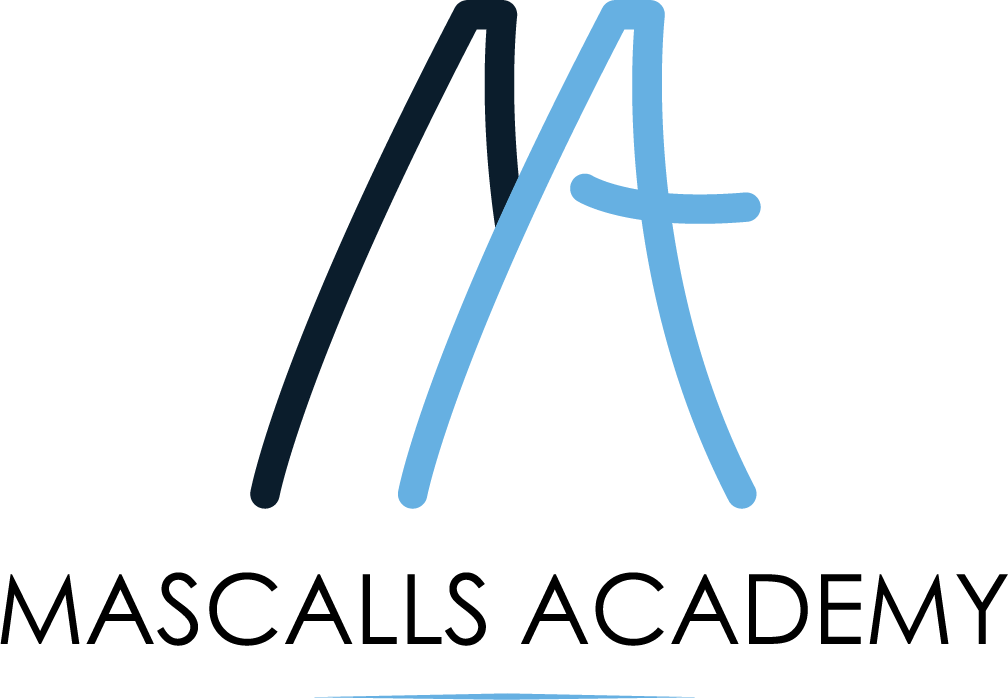Interpretation of the human form and features using line. Representation of 2D forms, expression and movement using line and mark making. Exploration of the work of Boris Schmitz and Kris Trappaniers. 1st and 2nd hand sources. Outline and contouring.
Statement of Inquiry
To be updated
Key Concept(s)
To be updated
Related Concept(s)
To be updated
Interpretation of the human form and features using line. Representation of 2D forms, expression and movement using line and mark making. Exploration of the work of Boris Schmitz and Kris Trappaniers. 1st and 2nd hand sources. Outline and contouring.
Statement of Inquiry
To be updated
Key Concept(s)
To be updated
Related Concept(s)
To be updated
Introduction to the Lakota community and the cultural significance of the Lakota star. During the IDU (interdisciplinary unit), in the maths lesson links will be made with mathematical principles; acute/ obtuse angles, parallel lines, measurement. through the artwork. Development of the application of tone to suggest form.
Statement of Inquiry
To be updated
Key Concept(s)
To be updated
Related Concept(s)
To be updated
Exploration of geometric shapes, learning to break down 3 dimension forms into 2 dimensions. Geometric portraiture – transforming the complex forms into simple shapes and proportions. Designing of a greek mask in drama & creating in 3D during the art lessons.
Statement of Inquiry
To be updated
Key Concept(s)
To be updated
Related Concept(s)
To be updated
Exploration of the origins of colour and subsequent colour theory, application of colour and colour mixing, tints, shades and tone. Study of expression and mood through colour. Exploration of the use of symbolism and meaning through cultural references – Mandala designs/ Rangoli designs. Print and fabric based work. 1st and 2nd hand sources.
Statement of Inquiry
To be updated
Key Concept(s)
To be updated
Related Concept(s)
To be updated
Exploration of the origins of colour and subsequent colour theory, application of colour and colour mixing, tints, shades and tone. Study of expression and mood through colour. Exploration of the use of symbolism and meaning through cultural references – Mandala designs/ Rangoli designs. Print and fabric based work. 1st and 2nd hand sources.
Statement of Inquiry
To be updated
Key Concept(s)
To be updated
Related Concept(s)
To be updated


